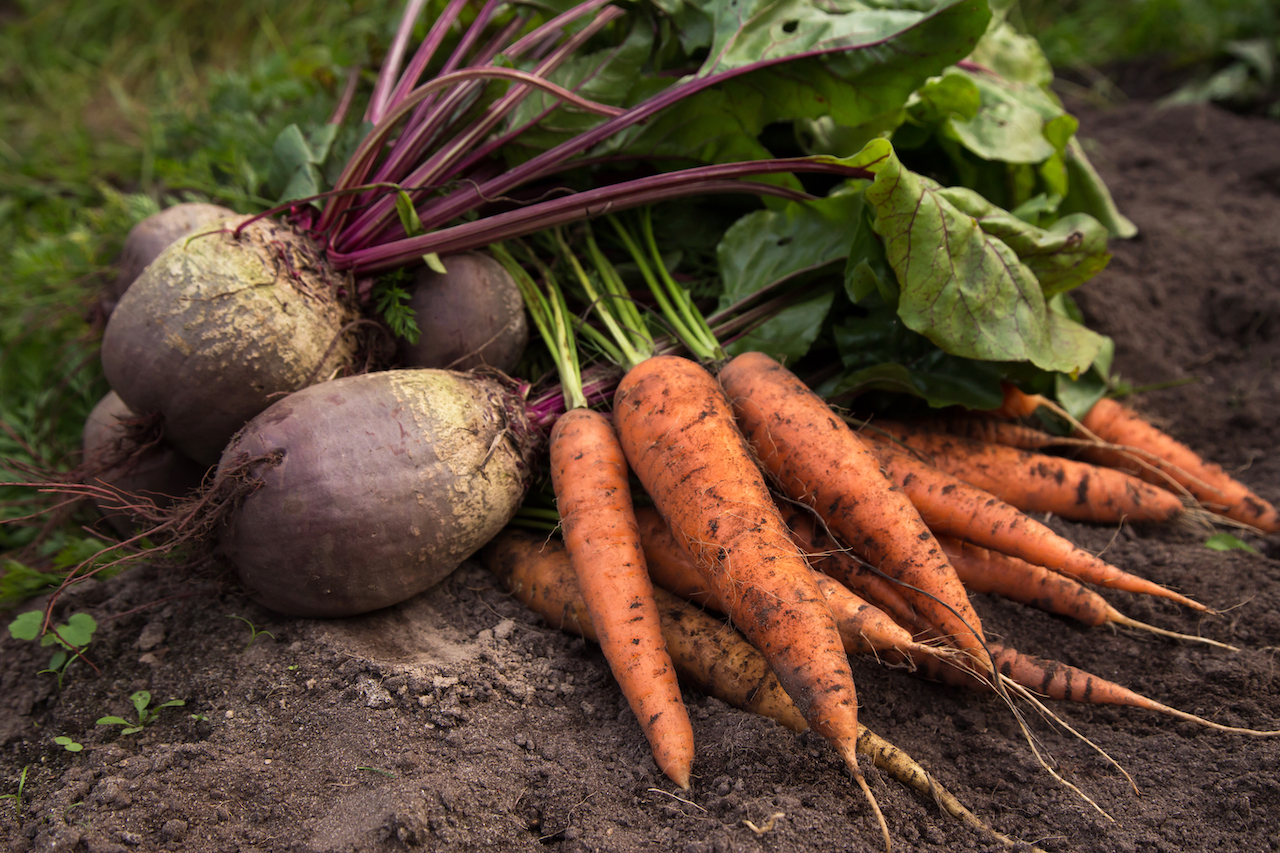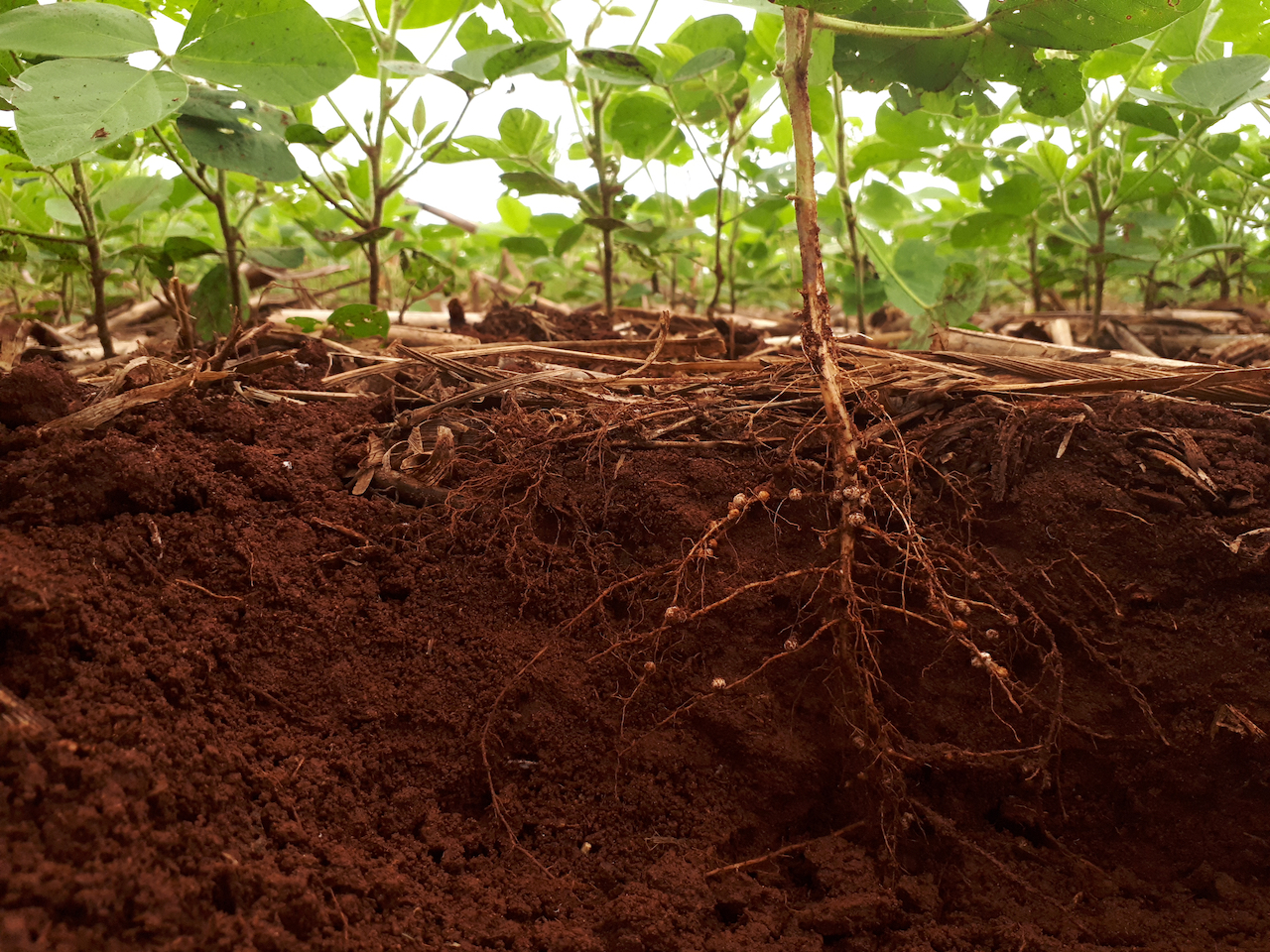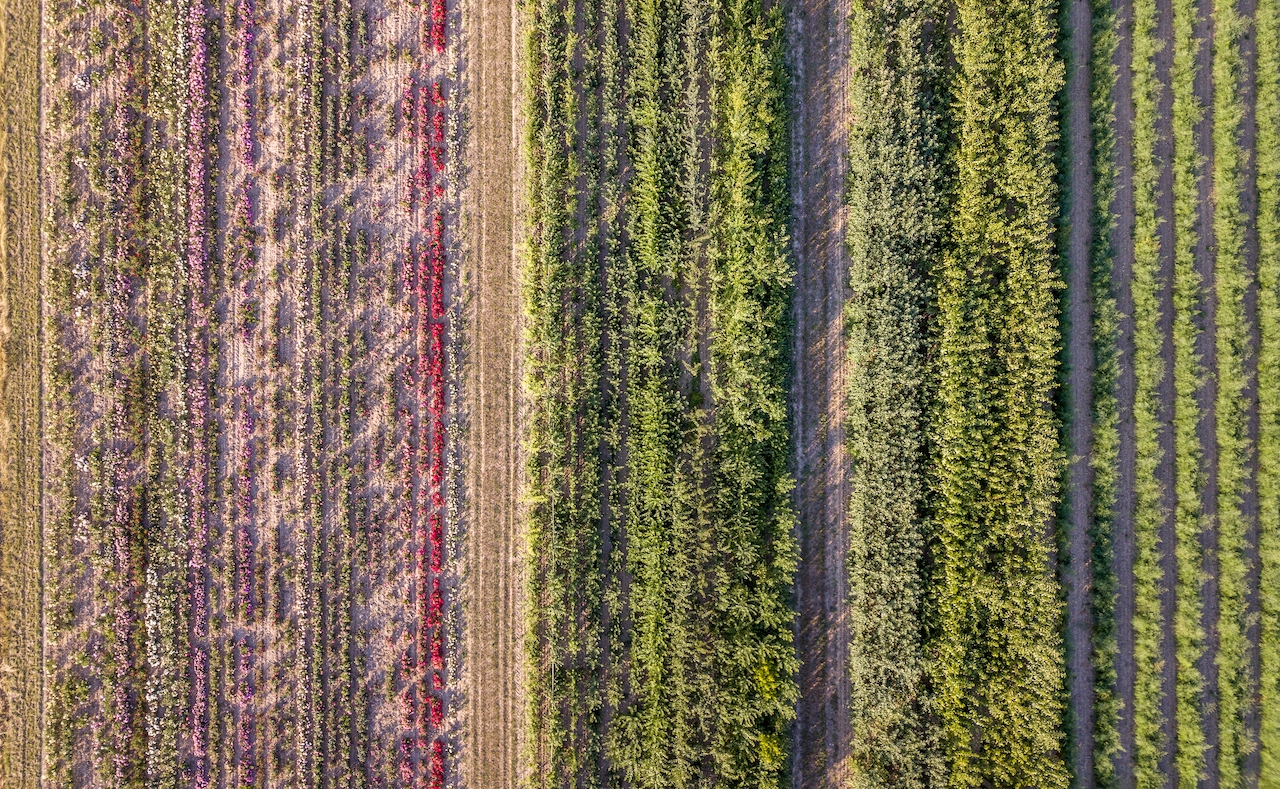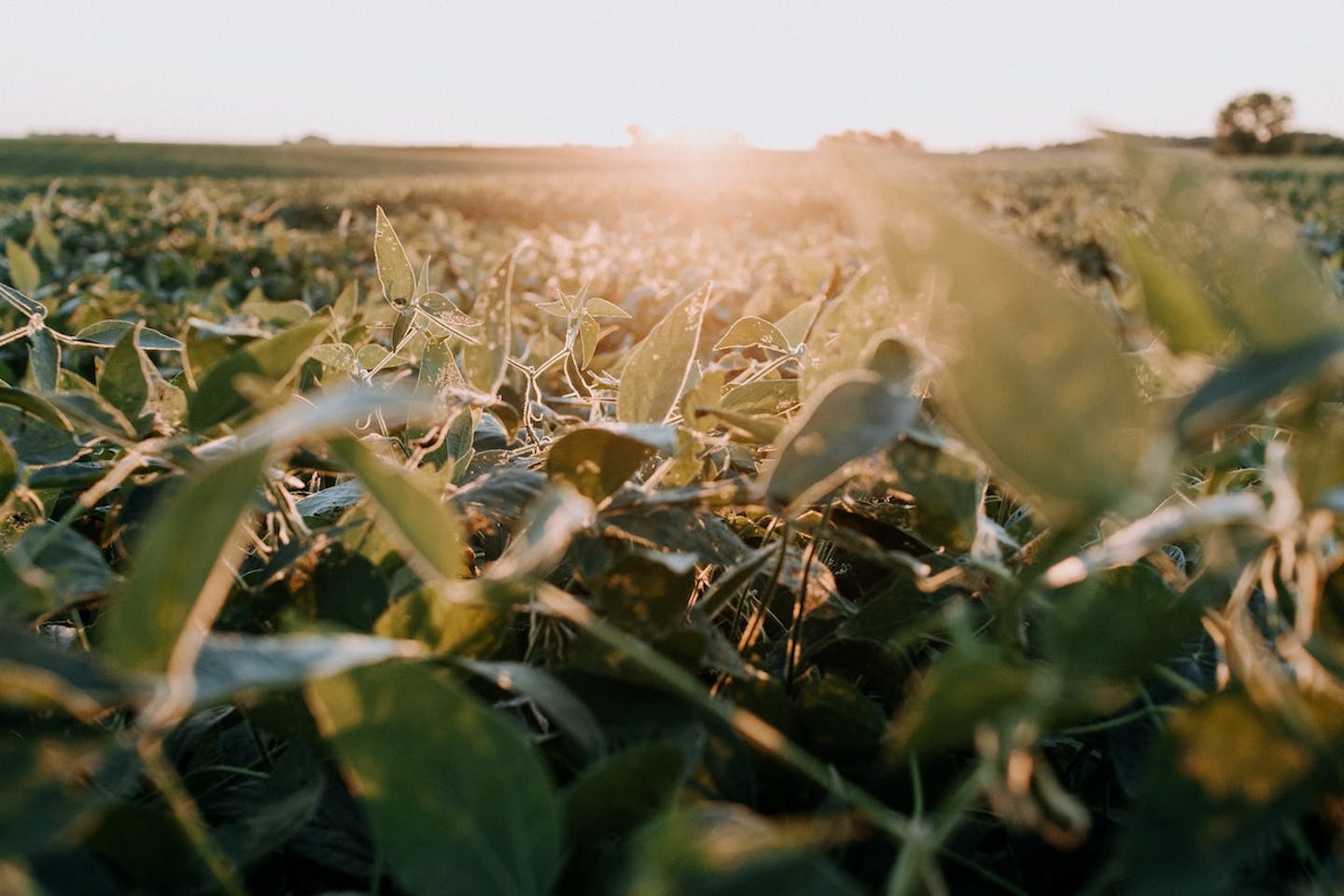Exploring the connections between Agroecology and Regenerative Agriculture
- Regenerative Agriculture
- Cropland Restoration
- Food Waste Reduction
- Smallholder Farming
- Soil Management

Harvesting organic vegetables. Image credit: © Idenviktor | Dreamstime
Food security is one of a human being’s most basic needs, and the threat of food insecurity causes primal anxiety. Food insecurity is among the main causes of climate-related migration and, in turn, one of the main causes of the growing insecurity of nations.
With these vulnerabilities so raw, it’s no wonder people worldwide are questioning their food supply or that worldwide concern is surging about an industrial food system that feeds climate change and causes political instability – not to mention a system that weakens our immune systems and causes serious nutrition-related health conditions and diseases.
It should also be no surprise that there is rapidly scaling curiosity about alternative food systems that don’t ride roughshod over human rights; about systems that keep people and the planet safe and healthy. And yet it can be confusing to understand the similarities and differences between these alternative systems. Let's take a look at two approaches: Agroecology and Regenerative Agriculture.
What is Agroecology?
Agroecology builds on the ancestral practices, insights, and contributions of Indigenous food systems and studies whole agroecosystems – not only their biology and ecology but social, cultural, economic, and political dimensions as well.
Although agroecology can be traced back to agronomists and zoologists starting in the 1920s, it emerged strongly in Latin America in the 1970s, among both inter-disciplinary academics and NGOs concerned with the ecological and social impacts of industrialized agriculture.
UC Berkeley agroecologist, Miguel Altieri, wrote,
The “Green Revolution,” characterized by high-input agriculture – commercial seeds, fertilizers, and fossil fuel-based pesticides deployed on monoculture plantations – has led to massive small farm loss, farmer indebtedness, and shrinking biodiversity. Farmers have joined together to protect their rights, livelihoods, and natural resource base, leading many agroecologists to align themselves with social movements like the La Via Campesina that have adopted agroecology as their vision of a fair and sustainable food system.
Stephen Gliessman defines agroecology as “a way of redesigning food systems, from the farm to the table, with a goal of achieving ecological, economic, and social sustainability.” Achieving agroecology is necessarily developmental.
Gleissman defines five transitional steps of increasing complexity (condensed here):
- Among conventional farmers, increase the efficiency of industrial practices in order to reduce the use and consumption of costly, scarce, or environmentally damaging inputs.
- Replace these inputs and practices with those that are more renewable, based on natural products, and more environmentally sound (as in organic farming and biodynamic agriculture).
- Redesign the agroecosystem so that it functions on the basis of a new set of ecological processes.
- Re-establish a more direct connection between those who grow our food and those who consume it.
- Based on the foundation created by these, “build a new global food system based on equity, participation, democracy, and justice; one that is not only sustainable but helps restore and protect earth’s life support systems upon which we all depend.”

Sometimes derided by Green Revolution advocates and the economic interests behind it as anti-modern, agroecologists see the 20th-century agricultural technologies to enhance crop yield at the cost of eroded land and polluted water as a mistaken path. But in no way is agroecology anti-technology.
Peer-reviewed research by Jules Pretty and others demonstrates that innovative agroecological technologies produce competitive yields and incomes without negative externalities. Moreover, the philosophy of learning that underlies agroecology turns the “technology transfer” of Western patented products on its head. Dozens of agroecology schools around the world recognize farmers as scientists, encouraging them to conduct field experiments to improve soil structure and seeds.
In an era of increasing globalization, agroecology advocates also rally behind food sovereignty or local control of food policy and food systems. In the 21st century, agroecologists argue that farmers and consumers need a modern way to farm productively while ensuring that farmers can steward rather than degrade landscapes, resulting in public benefits such as clean water and high biodiversity.
Many agroecological farmers participate in a “participatory guarantee system” for transparency with consumers about the integrity of the food they produce. Agroecological solutions have been recognized by many governments, the International Panel on Climate Change, and the Food and Agriculture Organization of the UN as helping to achieve climate resilience and the Sustainable Development Goals.
What is Regenerative Agriculture?
Although no fixed definitions exist, regenerative agriculture is defined by many in ways that closely resemble agroecology. Regenerative agriculture today describes farming, ranching, and pastoral practices that stabilize our planet’s climate and carbon cycles by rehabilitating organic matter and microbial activity in the soil, thereby increasing carbon storage, retaining moisture, and safeguarding biodiversity and living systems.
Many of its practitioners speak about its foundation in Indigenous knowledge and ancient practices while embracing new technology that serves to create food and fiber systems that are humane, just and accessible to all; that support biocultural diversity and smallholder farms.
Although soil health, animal welfare and social justice are prioritized in regenerative agriculture, the basic practices generally agreed upon are: No-till or low-till to minimize soil disturbance; cover crops to prevent soil exposure; crop diversity and rotation; integrated, managed animal grazing; no synthetic fertilizers or toxic chemicals; and composting.
While the science, ethos and formal practices of what is now known as "regenerative agriculture" were developed by Tuskegee University's George Washington Carver in the early 1900s, it was in the early 1980s that the term began to be used by the Rodale Institute. It later gained public visibility in Michael Pollan's Omnivore’s Dilemma, published in 2006.
In 2014, Rodale published a paper titled "Regenerative Organic Agriculture and Climate Change," which argued that we could sequester carbon emissions with a switch to common and inexpensive organic management practices, which the paper termed regenerative organic agriculture.
With the impacts of global climate change becoming increasingly evident, regenerative agriculture began to emerge as a potentially important solution because of its promise to draw carbon out of the air and return it to the soil. While building healthy soil is also central to agroecology, organic agriculture, and permaculture, it is the defining feature of regenerative agriculture.
Many early regenerative agriculture practitioners – but certainly not all – focused on its application in livestock rearing. Nearly 70% of the world’s agricultural lands are used for grazing, and given limited tillage, thoughtfully managed pastures can build up soil carbon quickly.
At the same time, writes scientist Doug Gurian-Sherman,
With numerous exceptions, regenerative agriculture advocates do not tend to focus on the social and political dimensions of the food system as much as the agroecology movement does, perhaps leading to its growing acceptance among policymakers, scientists, and corporations. Regenerative Agriculture is most commonly promoted in the US and Europe, while agroecology has been taken up by movements across the Global South.
Building on the success of the organic label, work is now underway to create a consumer-facing regenerative organic certification. To ensure integrity in a lucrative organic market whose regulations are eroding under corporate pressure, two consumer-facing certifications have been created in the US: Regenerative Organic Certification and Real Organic Project certification.

Conclusion
We hope that this quick examination of agroecology and regenerative agriculture clarifies their close inter-relationship while also diminishing the false competition between approaches that are finally gaining well-deserved traction.
At the same time, we also hope this serves to indicate the differences between the two: their different birth stories, the varying textures of their respective movements, and their differing political agendas.
Moving towards a climate-resilient food system is far too complex for any commercial “silver bullet” to solve. Change will occur through messy social processes. To succeed, we will need brave supporters to shape those processes, to ensure they hew close to principles, and finally, to see that they are inserted into policy at the highest levels.
Explore Regenerative Agriculture Projects



